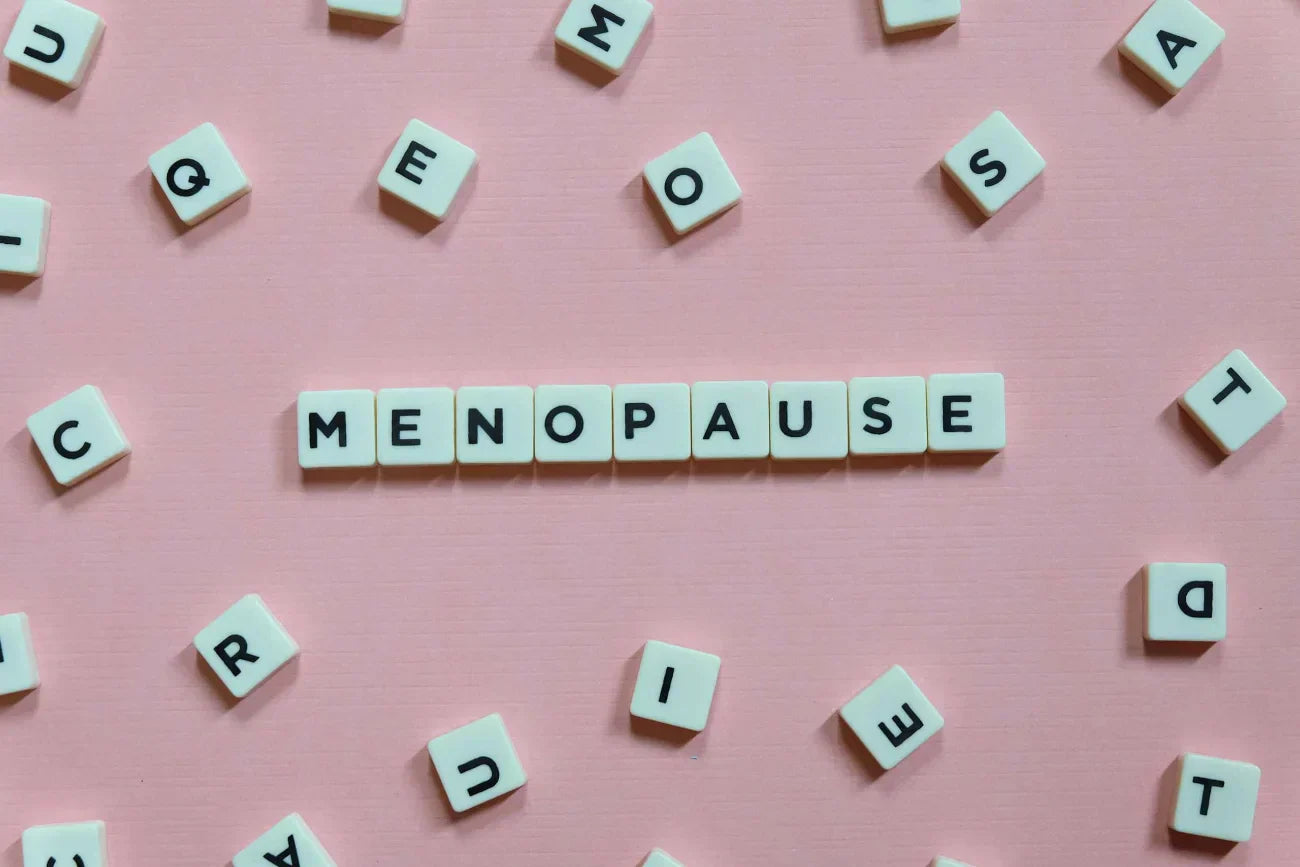Menopause is often considered the biggest change in a woman's life. It changes virtually every part of her body, including breast size and shape. Such changes are usually noticeable from the perimenopause stage, which occurs at an imprecise age because early menopause can also be triggered and occur at an early age (1).
However, it is very common that these changes are related to the risk of breast cancer. That is why we want to tell you what to expect and why this change in breast size occurs.
Changes during menopause
Menopause is characterized by a progressive decrease in the normal function of the ovaries. This alteration affects the amount of sex hormones, especially estrogen circulating in your body. The latter is related to many functions in the body. For this reason, so many changes can be noticed during the menopausal period (2).
The main signs and symptoms of menopause are (1,2):
- Fatigue.
- Amenorrhea.
- Weight gain.
- Hot flashes.
- Mood swings.
The change in breast size associated with menopause.

Estrogen keeps breast tissue hydrated and elastic. Therefore, when your body suffers from the absence of this hormone, your breasts may become a little smaller. This is because the tissue, mammary glands, and ducts shrink. Likewise, you may notice a decrease in breast size from perimenopause onwards. During this stage, an irregular periods cycle may occur. However, the changes are more marked once menopause appears (3,4).
Another possible change is reflected in the consistency of the breasts, as they may become less firm, sagging, or pendulous. The use of hormone replacement therapy seeks to help diminish these changes. However, it does not reduce sagging once it has occurred (3,4).
Additionally, the following may be noted in the breasts (4):
- Tenderness or pain: the irregularity of your cycle causes this discomfort, which used to be related to the premenstrual stage, to now be unpredictable.
- Lumpy skin texture: which is due to many reasons, including hormonal changes and the effects of aging.
All of these are quite common and do not represent a disease, as they are the response of the breast tissue to fluctuating hormones (3).
When to see a specialist?
Although we have mentioned that these changes are considered normal, it is important to remember that certain manifestations may be warning signs of a possible disease. Therefore, you should visit your doctor if you present (1,5):
- A lump, mass, or a firm or thickened area in the breast or under the arm.
- Fluid discharge from the nipple.
- Changes, such as a nipple that sags, also known as an inverted nipple.
- Skin changes, such as redness, darkening, peeling, scaling, swelling, dimpling, puckering, wrinkling, or ridges that look like orange peel skin.
- Unexplained swelling or shrinkage of the breast, especially on one side only.
How to detect changes in breast size?
The most effective way to detect changes in breast size and other changes is to be familiar with the shape of your breasts. To do this, it is essential that you perform a monthly breast self-examination. For example, you can do this in the shower as follows (5,6):
- Remove all your clothes.
- Then, use the soap to glide your fingertips over your breasts to look for any lumps.
- Also compare the appearance of both breasts with the help of a mirror.
On the other hand, ask your specialist how often you should have a mammogram. The general recommendation is to have one every year after the age of 40. However, if you have noticed changes or have any risk of developing breast cancer, you should probably do it earlier and more often (5,6).
In conclusion, you should not let these manifestations pass you by without getting the opinion of your trusted physician. Most importantly, remember that breast size is a factor that does not define your beauty, nor should it affect your confidence in any way.
Referencias Bibliográficas
- WebMD. How menopause affects your breasts. [Internet]. EE.UU.: WebMD; 2022 [cited Feb 20, 2024]. Available from: https://www.webmd.com/menopause/breasts-menopause
- NHS Choices. Overview – Menopause. [Internet]. UK: NHS; 2024 [cited Feb 20, 2024]. Available from: https://www.nhs.uk/conditions/menopause/
- Penn Medicine Lancaster General Health. Do breasts undergo changes with menopause? [Internet]. EE.UU.: Penn Medicine; 2023 [cited Feb 20, 2024]. Available from: https://www.lancastergeneralhealth.org/health-hub-home/2015/may/do-breasts-undergo-changes-with-menopause
- Dang B, Miles B, Young P, He J, Nguyen Q. An interesting imaging presentation of a common benign entity: fibrocystic changes in a postmenopausal patient. Cureus. [Internet]. EE.UU.: ncbi; 2023 [cited Feb 20, 2024]; Available from: https://www.ncbi.nlm.nih.gov/pmc/articles/PMC10106097/
- NIH. Understanding breast changes a health guide for women national institutes of health. [Internet]. EE.UU.: NIH; 2022 [cited Feb 20, 2024]. Available from: https://www.cancer.gov/types/breast/breast-changes/understanding-breast-changes.pdf
- NHS Choices. How should I check my breasts? [Internet]. UK: NHS; 2021 [cited Feb 20, 2024]. Available from: https://www.nhs.uk/common-health-questions/lifestyle/how-should-i-check-my-breasts/#:~:text=After%20the%20menopause%2C%20normal%20breasts,your%20breasts%20and%20feel%20them
You May Also Like

JOIN US AND GET 10% OFF
Sign up to our newsletter to access free resources, advice and support.















